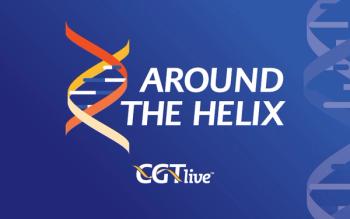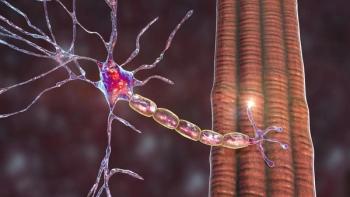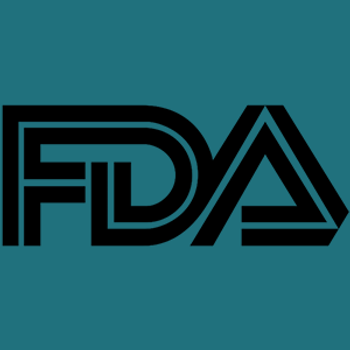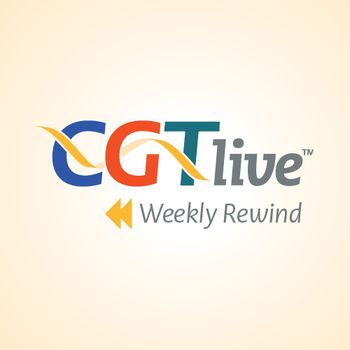
FDA Indicates AdComm Not Currently Required for Capricor’s BLA for DMD Cardiomyopathy Cell Therapy Deramiocel
In a mid-cycle review meeting, the agency also noted that the review committee found no major deficiencies with the BLA package.
The FDA has indicated an advisory committee (AdComm) meeting regarding the biologics license application (BLA) for Capricor Therapeutics’ Deramiocel (also known as CAP-1002), an investigational allogeneic cardiosphere-derived cell therapy under review for the treatment of Duchenne muscular dystrophy (DMD) cardiomyopathy, is not currently required.1
The Prescription Drug User Fee Act (PDUFA) action date for the BLA continues to be set for August 31, 2025, and an in-person late-cycle review meeting for the company and the FDA is set for the middle of July. The FDA
“We remain confident in the strength of our submission and continue to advance toward potential approval, with our next major step being the upcoming late-cycle review meeting,” Linda Marbán, PhD, thechief executive officer of Capricor, said in a statement.1 “To date, all regulatory milestones have proceeded as expected, including a successful prelicense inspection and a mid-cycle review with no major issues. Our application remains under Priority Review, and we believe we are well positioned as we move toward our PDUFA date. We continue to work closely with the FDA and remain encouraged by the progress of our review.”
The BLA for deramiocel
Notably, new data from HOPE-2-OLE were recently presented at the Parent Project Muscular Dystrophy (PPMD) 2025 Annual Conference, held June 21, 2025, in Las Vegas, Nevada.4 The results indicated that the therapy slowed skeletal muscle disease progression, with a smaller average reduction in Performance of the Upper Limb (PUL v2.0) score recorded in the fourth year after treatment (0.6 points) than in the first year after treatment (1.8 points). The findings also suggested that the therapy helped to preserve cardiac function, including left ventricular ejection fraction. Capricor additionally noted that the long-term safety profile of deramiocel continues to be “favorable” in the new data.
“Cardiomyopathy remains one of the leading causes of mortality in Duchenne and addressing this aspect of the disease is critical to improving outcomes,” Pat Furlong, BS, the founding president and chief executive officer of PPMD, said in a June 20, 2025, statement.4 “The long-term data from the HOPE-2 OLE study are encouraging, particularly in demonstrating cardiac stabilization over 4 years. Deramiocel represents an important therapeutic approach and we support continued progress through the regulatory pathway to ensure that treatments targeting both heart and muscle function are available to our community as quickly as possible.”
Earlier this year, CGTLive®
“The takeaway here is Deramiocel is a cell therapy product,” Marbán told CGTLive. “It is not a stem cell. It does not retain and engraft. The cells die and go away. The mechanism of action is via the exosomes. That's why the activation of the immune system is to a benefit. It helps sort of stimulate the bioactivity of the exosomes, but there's really no risk of rejection or any types of immune response that would be dangerous. Immunologists have been working with us for the past 10 years to help us understand that. Because they're not stem cells, there's no danger of using them. They die and go away. We can really think of this as a very good opportunity to make use of a new type of cell therapy that definitely has clinical benefit.”
REFERENCES
1. Capricor Therapeutics provides regulatory update on deramiocel BLA for Duchenne muscular dystrophy. News release. Capricor Therapeutics. June 24, 2025. Accessed June 24, 2025. https://www.capricor.com/investors/news-events/press-releases/detail/318/capricor-therapeutics-provides-regulatory-update-on
2.Capricor Therapeutics announces completion of mid-cycle review meeting with FDA on Deramiocel for the treatment of Duchenne muscular dystrophy cardiomyopathy. News release.Capricor Therapeutics. May 5, 2025. Accessed June 24, 2025. https://www.capricor.com/investors/news-events/press-releases/detail/311/capricor-therapeutics-announces-completion-of-mid-cycle
3.Capricor Therapeutics Announces FDA Acceptance and Priority Review of its Biologics License Application for Deramiocel to Treat Duchenne Muscular Dystrophy. News release. Capricor Therapeutics. March 4, 2025. Accessed June 24, 2025. https://www.capricor.com/investors/news-events/press-releases/detail/305/capricor-therapeutics-announces-fda-acceptance-and-priority
4. Capricor Therapeutics announces positive 4-year data from HOPE-2 open-label extension study of deramiocel in duchenne muscular dystrophy. News release. Capricor Therapeutics. June 20, 2025. Accessed June 24, 2025. https://www.capricor.com/investors/news-events/press-releases/detail/317/capricor-therapeutics-announces-positive-4-year-data-from
Newsletter
Stay at the forefront of cutting-edge science with CGT—your direct line to expert insights, breakthrough data, and real-time coverage of the latest advancements in cell and gene therapy.











































